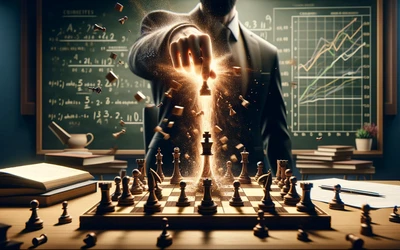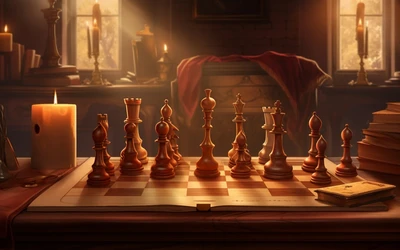
https://pixabay.com/vectors/plug-socket-wall-electric-power-1459663/
Accumulating "compatible" advantages to current advantages
Steinitz brought to the chess world the notion of "accumulating advantages" - but should we be more discerning?Hi all
In my analysis of this Mikhail Tal game, it seems Tal didn't want to take the rook on f8. I think most players would have taken the rook.
I found this quite fascinating. It turns out that Tal's casting move is more accurate according to the engines. And the way the game plays out it seems as though winning the a7 pawn is more relevant for White's existing advantages in the position to be emphasised more. In other words perhaps there is the notion of accumulating "compatible advantages" if we were to be more discerning about what advantages in particular to accumulate.
In black trying to avoid losing the rook on f8, but instead losing a7, it seems as though the g7 bishop was still contained, and White's pawn's on the Queenside even more menacing.
Perhaps this is something to think about for the Steinitzian "Accumulation of advantages" theory which the first world chess champion laid down as the foundation for positional play for future generations.
Qualifiers of the original "Accumulation of advantage" theory could include
"Accumulation of compatible advantages"
"Accumulation of advantages without giving any counterplay"
"Accumulation of compatible advantages which minimise counterplay"
Etc...
Takeaway points
- Don't just grab the first advantage you see - if you see a strong move, look for an even stronger one - the advantage to accumulate there might be more "compatible" with your current advantages
- Don't play the Pirc defence - Tal routinely had demolished it, and Leela has often beaten Stockfish when Stockfish has been forced to play the Pirc Defence
- You might be able to make out there is an interesting plan for where the White queen should be in some of the variations - it turns out a2 is a great square. And this occurs usually via Qb1-a2
- A "strong move" might still give counterplay - look out for the strongest moves which cause the greatest amounts of "irreversible damage" and minimisation of the opponent's counterplay in general. Here in this game example, the g7 bishop was kept locked in instead of allowing it to hit dark square pawns on the Queen side so easily if Bxf8 had been played
Hope you enjoyed this blog :). Any likes and follows are really appreciated. Also, I also have some interesting chess courses at https://kingscrusher.tv/chesscourses to check out.
Cheers, K
You may also like
 IM mostrovski
IM mostrovskiOn Carlsen blowing up the foundations
If we wish to undermine a building, we do not of course begin with the architectural ornaments, rath… CM Kingscrusher-YouTube
CM Kingscrusher-YouTubeQueen's Gambit Traps to be aware of
If you ever experiment with 1.d4 then here are some essential traps to know about CM Kingscrusher-YouTube
CM Kingscrusher-YouTubeSupercharge Your Chess Tactics by Punishing Mistakes
Mistakes are what makes chess fun especially at lower levels. We need to be really good at punishing… CM Kingscrusher-YouTube
CM Kingscrusher-YouTubeThe importance of Chess Visualisation skills
Reminders abound for the importance of chess visualisation skills CM Kingscrusher-YouTube
CM Kingscrusher-YouTubeThe Complete Guide to Chess Opening Principles -"King Safety Driven Development"
An unexpected perspective on the classic golden chess opening principles CM Kingscrusher-YouTube
CM Kingscrusher-YouTube